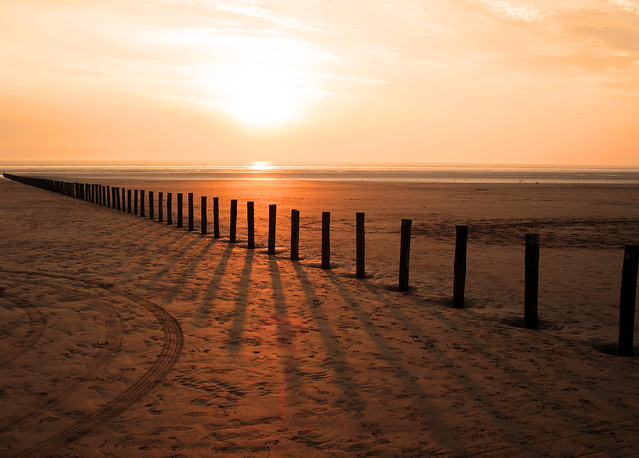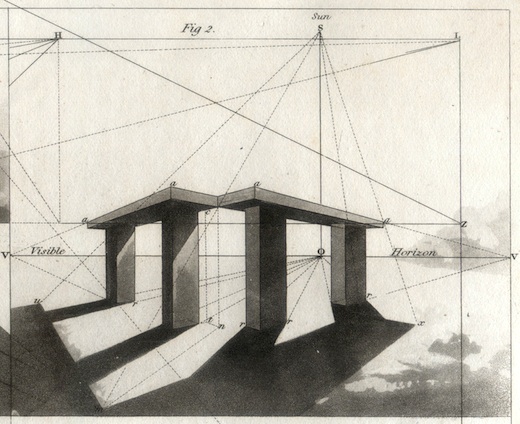21
Science & Alternative Science / Re: The Apollo Hoax
« on: December 21, 2013, 04:14:40 PM »Obviously not parallel.Obviously not a photograph.
The theory is the same, but if you want some pics:



This section allows you to view all posts made by this member. Note that you can only see posts made in areas you currently have access to.
Obviously not parallel.Obviously not a photograph.



Answer: Objects on a flat surface will cast parallel shadows but the Moon's surface is bumpy and uneven. Because of the different angles of the ground, shadows were cast in unparalleled directions.
So the "lunar surface" in the studio couldn't have been bumpy and uneven? Of course it was. I don't think there were multiple light sources at play - however, I do see evidence of radial shadows from a single light source, indicating a light source much closer to the scene than the sun supposedly is.

I don't buy the vast majority of the so-called "evidence" for the fakery - most of it show a gross misunderstanding of how such a film would have been produced. There are a few compelling pieces, however, which you didn't mention. For instance, see how deep the footprints are compared to how the lunar lander sits delicately atop the lunar dust.Again, you are assuming a given dust depth, and a flat landing module footpad. As you may say, you were not there, so the best you can say is that the dust depth below the footpad is unknown.
